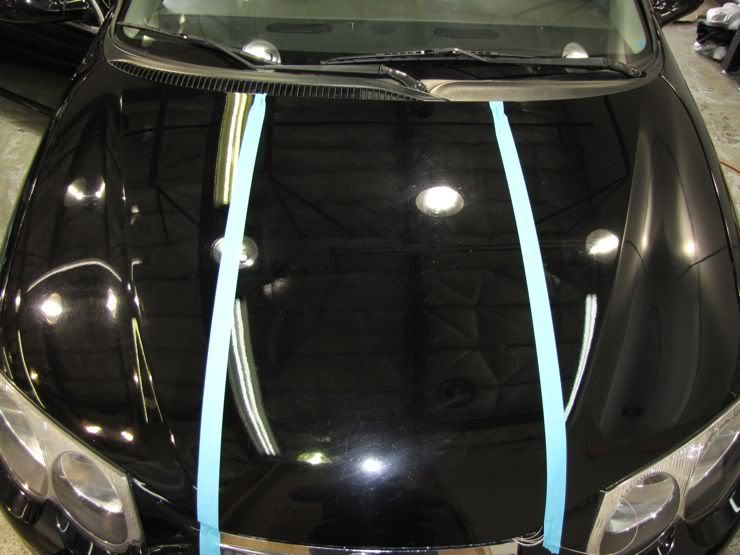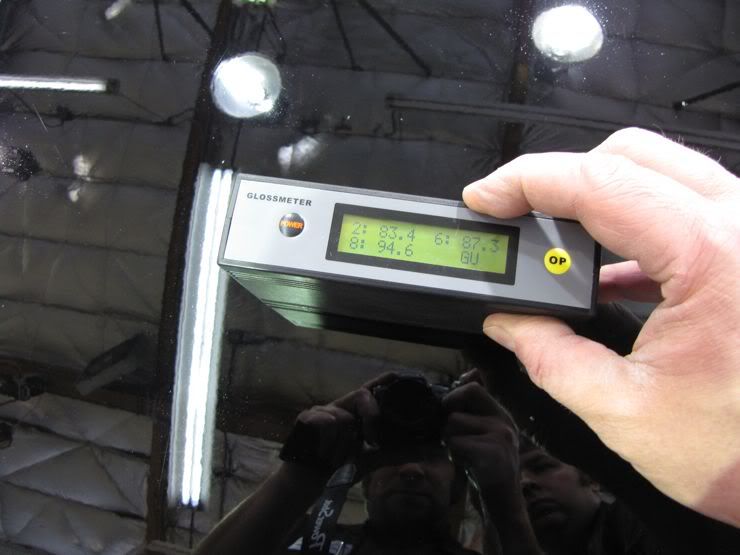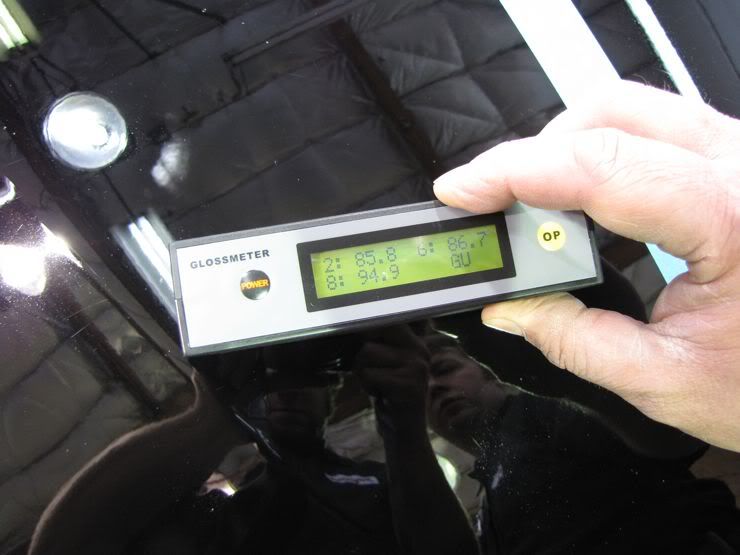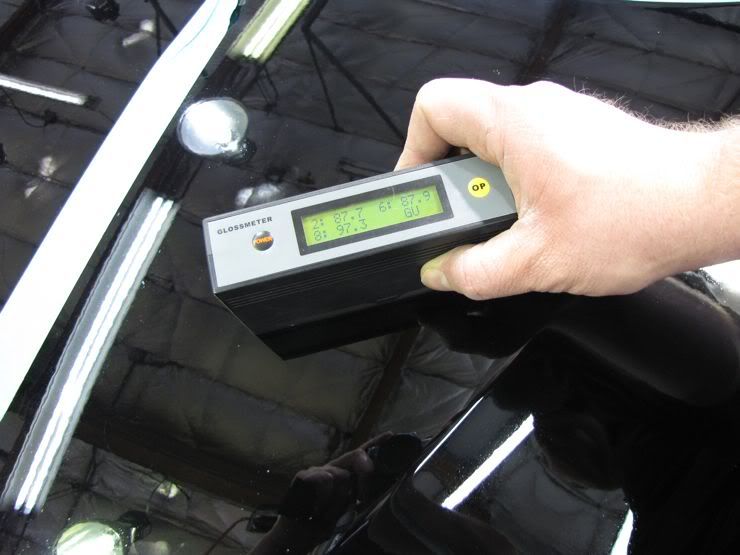Kevin Brown said:
... just not buying that the rotary will deliver a better result than another machine, or even hand applied liquids for that matter...
Double dag-nab it! I meant that it won't deliver a better result simply because it's a rotary- obviously judging by your meter readings it was the case this time. BOING! Rusty I guess...
Anyway, as an example, what would happen if we ran the same test using one-inch diameter pads?
Or, if in the rotary process, we were capable of moving the machine in a way that mimicked the movement of either the Cyclo or the Flex (moving the machine in an offset manner, creating a 5/16" eccentric motion as we buffed)?
Or, if we ran all three machines so that they all created a similar pad motion and pad speed? Could it be done? Hmmm...
Since the Cyclo has no trigger, and operates at a driveshaft speed of 3,000 RPM, we would have to use that number as our operating speed. Since the motion created by the Cyclo converts the driveshaft motion into one that moves each backing plate 3,000 times per minute around the driveshaft (creating a 5/16" diameter orbit as it moves), it's effectively creating 3,000 orbits per minute. As for actual pad rotation, we would have to find a pad and dial-in user applied pressure so that the random pad rotation would match the forced rotation speed of the Flex. Then adjust for machine-weight variances.
Since the Flex operates using a 20:1
driveshaft speed to backing plate rotation ratio, and through its gearing it creates an net of 10:1
backing plate orbit to backing plate rotation ratio, we'll set the machine speed to create 3,000 orbits and 300 revolutions per minute.
Now we'll need to find a pad that allows the Cyclo to rotate it at 300 RPM (or 5 times per second), while we use a similar applied downward pressure for all three machines. We can use the identically-sized pad for the Flex and the rotary, since they use forced rotation to drive the pad. So, diameter and height don't really matter, as long as the pad allows the Cyclo to create 300 RPM. It needs Velcro® loop material all the way to the edge. More on that later.
Oh yeah- we'll have to control the polishing area tightly! We have to be sure that equal amounts of passes cross the painted surface for each machine. If we hold all three machines completely still and turn them on, the Cyclo and the Flex will affect a 5/16" larger area than a rotary will, so our polishing area will have to equal pad diameter + 5/16". Well, that means that we can only judge the area that one of the Cyclo's pads will be polishing. Guess we know the maximum diameter pad we can use, taking into account the size that the Cyclo can accommodate. Since most guys use a 4" diameter pad, I suspect we can shoehorn a pad only a little bit larger in diameter (I don't own a Cyclo- somebody else will have to measure the shaft-to-shaft distance for us).
Dang, this may be to much to handle for even the most
spectacular paint polishing
guru! It must be done this way to be fair. Sorry. :xyxthumbs
What's left? Oh yeah- the rotary. Hmmm. The rotary machine is going to have to have a finger trigger or be air-powered, as we have to run it at 300 RPM. That's the easy part. The hard part is finding a guy that can move it in a manner that mimics the Flex and the Cyclo!
:soscared:
Hey- remember that application method plays a huge part in overall performance, and we need to negate variations in user-to-user method in order to create a fair comparison. Any takers? Non of you guys can move the rotary so that it creates a 5/16" diameter orbit around an imaginary axis? What are we here- a bunch of girlie men?!
Ah, no sweat. We'll just place the pad off center to the backing plate 5/32", effectively creating a 5/16" offset. Whew. Dodged that bullet.
All that's left to standardize now is the backing plate material. Let's use one that is rock solid, does not bend, and has Velcro hook all the way to the edge, so it fully supports the pad (remember the pad?). This way, we negate its effects. Weight does not matter, as we'll be keeping the pad laser level to the surface, and we will have already used it while determining the ideal pad for the Cyclo (remember- we had to find a pad that allowed the Cyclo to rotate the pad 5 times per second).
All set! Now we've got a fair test. Any takers? :lol
 Before
Before FLEX
FLEX Cyclo
Cyclo Rotary
Rotary



